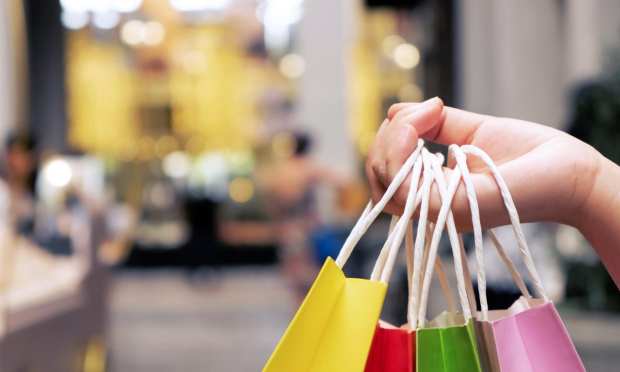Buy Now, Pay Later Usage Reveals There’s Much More Still In-Store

eCommerce reigned supreme in 2020. On that point there’s little, if anything, to debate. The demise of physical retail, however, has almost certainly been overstated. Recent PYMNTS research shows that online sales are soaring, but consumers still have a strong will to shop in stores, with 59.6 percent continuing to go to physical locations for Black Friday sales.
Small wonder that buy now, pay later (BNPL) point-of-sale credit is proving as popular at the register as it is at the online checkout. Big players in the space are well aware.
As Nick Molnar, co-founder and co-CEO of Afterpay, recently told PYMNTS, “Online spending has certainly accelerated as a result of the pandemic, but that does not mean it has replaced the in-store experience. Consumers have become accustomed to the ease and flexibility of online shopping, which is driving retailers to bring the same level of online convenience to the in-store experience,” he said. “Our in-store payment solution is providing strong business benefits to our merchant partners — namely helping them generate new customers and drive increased sales from a young shopper who prefers flexible and responsible ways to pay.”
Enthusiasm is good as physical retail needs all the uplift it can get right now. PYMNTS December 2020 Buy Now, Pay Later Tracker® done in collaboration with Afterpay digs into the many ways that payments choice — and the sentiments behind it — are vital for this retail renaissance.
Some Won’t Shop Without BNPL
A dazzling success story in and of itself, the mass popularity of BNPL options made itself known during commerce holidays just ended as millions of consumers bought on installment.
December’s Buy Now, Pay Later Tracker® points to recent PYMNTS research revealing that 4 percent of U.S. consumers made Black Friday purchases using buy now, pay later methods, calling it “a modest share that is still notable considering the method’s recent emergence in the broader payments ecosystem.”
Moreover, “32 percent of consumers who reported struggling to pay typical monthly expenses used BNPL solutions for their Black Friday transactions. This development has significant implications for the retail space as more consumers face income losses and unemployment due to the pandemic. Other research has shown that 48 percent of consumers who prefer to use some form of credit at the point of sale (POS) — including BNPL — claimed they would not shop with merchants that did not support such options,” per the new Tracker.
It’s a message that isn’t lost on the nation’s network of physical stores, particularly in the apparel, electronics and home décor categories, but by no means limited to those.
Flexibility Meets Instant Gratification
BNPL is most popular among millennials and Generation X consumers who “are also likelier to utilize flexible installment plans to make payments, with 40 percent of millennials stating that they have made purchases using this payment type,” per the latest Tracker.
“These findings reveal that installment payment plans are not just becoming more popular in the retail space overall but are also well-suited to serving shoppers at brick-and-mortar stores. Consumers are clearly placing more emphasis on flexible payment methods that align with their personal spending needs both online and in the evolving brick-and-mortar space.”
Plus, using BNPL in-store spells instant gratification, and we all know the allure of instant.
“Using Afterpay in store is no different than using it online, except that customers are able to take home their purchases that very day,” Molnar told PYMNTS. “Shoppers can pay for their in-store purchases in four installment payments without the need to take out a traditional loan or pay upfront fees or interest. Our merchant partners see Afterpay as a true multichannel solution, and many work with us to make flexible spending available to their customers in more ways than one — whether that be in store, online or through a combination of the two, with popular services such as buying online and picking up in the store.”
